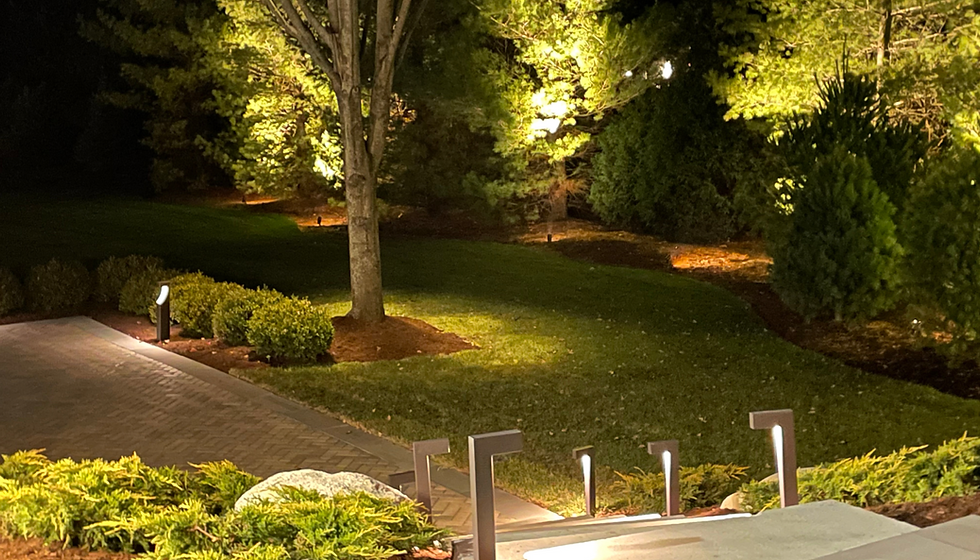Innovative materials and technologies in modern landscape design
- Ayush Mishra
- Dec 13, 2022
- 1 min read

In modern landscape design, innovative materials and technologies are playing an increasingly important role. These advances have allowed landscape designers to create unique and functional outdoor spaces that are both aesthetically pleasing and environmentally sustainable.
One of the most significant innovations in landscape design is the use of sustainable materials. In the past, many landscape designs relied heavily on non-renewable resources such as concrete and treated lumber. However, as concern for the environment has grown, so too has the demand for eco-friendly materials.
Innovative materials in modern landscape design
In recent years, there have been many innovative materials being used in modern landscape design. Some of the most notable ones include
Permeable pavement:
A type of pavement that allows water to pass through it, reducing the amount of runoff and mitigating the impact of hard surfaces on the environment.

Recycled rubber mulch:
Made from recycled tires, provides a durable and attractive groundcover. Composite decking: made from recycled wood and plastic and requires little maintenance.

Green roofs:
Roofs covered with vegetation can help to reduce energy use and improve air quality. Solar-powered outdoor lighting: uses solar panels to generate electricity for outdoor lighting, reducing the need for external power sources.

Bamboo fencing:
A sustainable alternative to traditional wooden fencing, made from the fast-growing bamboo plant.

Living walls:
Vertical gardens help to improve air quality and provide a natural, attractive feature in outdoor spaces.

Recycled plastic furniture:
Made from recycled plastic materials, providing a durable and environmentally friendly alternative to traditional furniture.

Innovative technologies in modern landscape design
There are many innovative technologies that are being used in modern landscape design. Some of the most notable ones include
Smart irrigation systems:
Use sensors and other technology to monitor moisture levels in the soil and adjust watering accordingly.

LED lighting:
Energy-efficient and long-lasting lighting solution that can be used to highlight key features of a landscape design.

Virtual reality tools:
Allow landscape designers to create and visualize designs in a virtual environment, improving the design process.

Remote monitoring systems:
Use sensors and other technology to monitor the health and growth of plants, allowing for more efficient management of outdoor spaces.

Drones:
Can be used to survey large outdoor spaces and provide detailed information about topography and plant health.

Weather forecasting systems:
use advanced technology to provide real-time information about weather conditions, allowing landscape designers to plan and adapt their designs accordingly.
Solar panels:
Can be integrated into landscape designs to generate electricity and reduce the reliance on external power sources.
Water treatment systems:
Use advanced filtration technology to purify and reuse water in outdoor spaces.
GPS tracking systems:
Can be used to monitor the movement and behavior of wildlife in outdoor spaces, providing valuable information for landscape designers.
Soil sensors:
use technology to monitor the health and moisture levels of soil, allowing for more efficient watering and fertilization of plants.
Overall the end objective of incorporating innovative materials and technologies into modern landscape design is to create beautiful, functional, and sustainable outdoor spaces that enhance the natural environment and improve the quality of life for individuals and communities. This can be achieved through the use of cutting-edge materials and technologies that enable designers to create unique, personalized, and eco-friendly landscapes that incorporate elements such as green roofs, rain gardens, water conservation systems, and renewable energy sources. By leveraging the latest innovations in landscape design, designers can help reduce the environmental impact of outdoor spaces and create spaces that are both aesthetically pleasing and environmentally responsible.



Comments